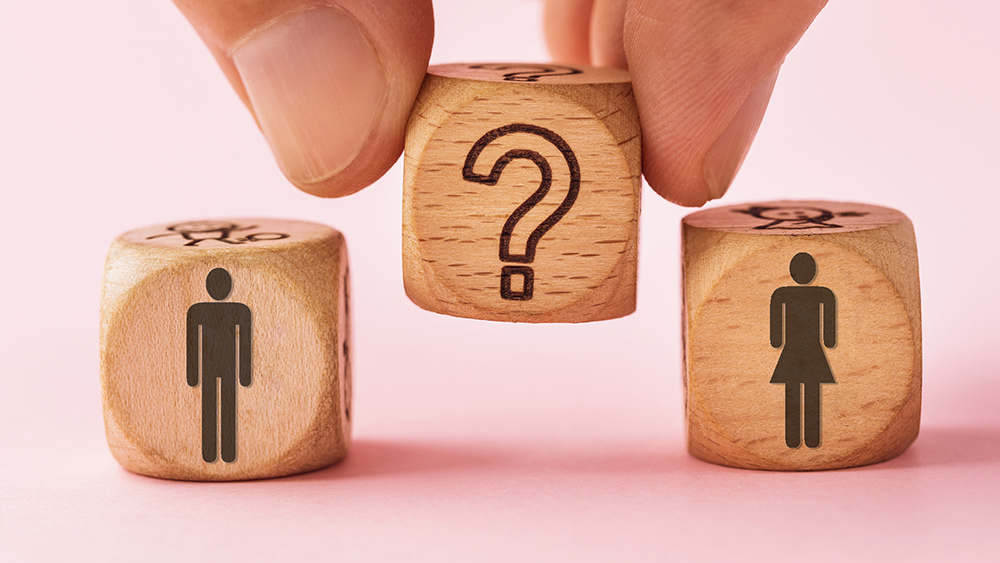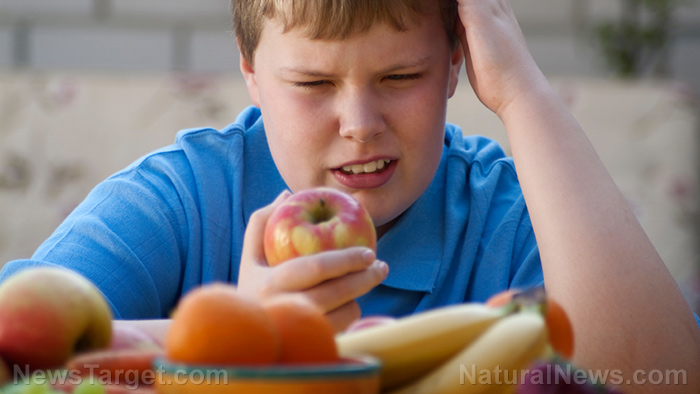
Oxytocin is a brain-released hormone that plays a substantial role in social interactions and relationships. The research done by behavioral neuroscientists Brian Trainor and Natalia Duque-Wilckens shows that oxytocin promotes avoidance of unfamiliar social situations after negative social interactions.
After testing a couple of female California mice, the researchers observed that they can manifest a form of social anxiety by avoiding unfamiliar mice instead of approaching them, when experiencing bouts of stress. However, upon administering them with a single dose of a drug that inhibits the activity of oxytocin, the female mice returned to exhibiting normal social behavior.
The results of the study was a given, based on a previous study from the same laboratory, which showed that social stress boosted the activity of oxytocin-producing cells in the brain and that females who received intranasal oxytocin avoided different – that is, unfamiliar – social contexts.
In a positive context, such as with loved ones, oxytocin could promote social approach behavior (that is why it is termed the “cuddling” hormone). But in a negative context, such as in bullying, oxytocin could promote social avoidance.
One question puzzles the public: How could the same hormone have such different effects on behavior? This is what the research that was led by Duque-Wilckens seeks to answer. (Related: Oxytocin spray may encourage a brighter outlook for troubled marriages.)
According to Duque-Wilckens' team, two brain regions responded to oxytocin more strongly in females than males. These regions were identified as the bed nucleus of the stria terminalis (BNST), a brain region which controls anxiety, and the nucleus accumbens, which is essential for reward and motivation.
Injecting an oxytocin blocker into the BNST, but not the nucleus accumbens, highlights the effects of stress of social behavior in females, while oxytocin acting in the nucleus accumbens promotes positive aspects of social interactions.
When oxytocin is acting in the BNST, drugs that stop the activities of oxytocin could reduce social anxiety.
Apparently, both good and bad moods can be “picked up” from friends
In a separate study titled Spreading of components of mood in adolescent social networks that was published in Royal Society Open Science, researchers at the University of Warwick in Coventry, England found out that people from the same peer group can pick up each other's good or bad moods.
Using mathematical modelling, having a lot of friends who are gloomy and suffer from bad moods is linked with the higher probability of an individual also experiencing low moods. People who have a circle of friends that practice having better moods are also more prone to mimicking the moods of their peers.
“Evidence suggests mood may spread from person to person via a process known as social contagion,” public health statistics researcher and lead author Robert Eyre said.
According to the World Health Organization (WHO), depression cripples around 350 million people all over the world, affecting their ability to work and socialize, and in the worst-case scenario, driving them to suicide. The study says there is a need to distinguish between those who manifest levels of depressive symptoms just below those needed for a diagnosis of actual depression when coming up with public health intervention schemes.
The study also shows that there is more to depression than simply having low moods. Findings show that undergoing mood-improving methods, such as exercising, managing stress, and sleeping well, can help a person with bad moods, as well as their friends. However, for depression, friends do not put an individual at risk of acquiring mental illness, so the best recourse is to show them emotional support.
“The results found here can inform public health policy and the design of interventions against depression in adolescents. Sub-threshold levels of depressive symptoms in adolescents is an issue of great current concern as they have been found to be very common, to cause a reduced quality of life and to lead to greater risk of depression later on in life than having no symptoms at all,” study co-author and Warwick Medical School professor Frances E. Griffiths said.
“Understanding that these components of mood can spread socially suggests that while the primary target of social interventions should be to increase friendships because of its benefits in reducing of the risk of depression, a secondary aim could be to reduce spreading of negative mood,” Griffiths added.
Read up on more stories such as this one at Mind.news.
Sources include:
Please contact us for more information.























